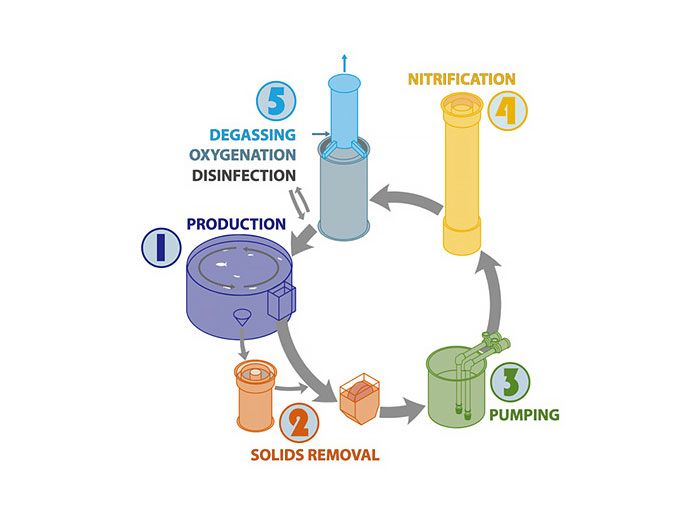ARS Researchers are Developing Ecofriendly Practices for Atlantic Salmon Production
December 27, 2022 | 1 min to read

When choosing food at the supermarket, consumers often focus on the appearance, texture, flavor, and nutritional content. These quality factors are also a priority for food suppliers such as fish farmers, who must balance these priorities with minimizing their environmental impacts of production. The researchers at the Conservation Fund’s Freshwater Institute (TCFFI) in West Virginia are helping fish farmers meet both these goals by employing sustainable fish production practices.
One of the practices at TCFFI is the use of recirculating aquaculture systems, also known as RAS. RAS is a growing technology for farming fish or other aquatic creatures, including Atlantic salmon, because it involves reusing the water in the production cycle. This ultimately allows these systems to be located anywhere, thereby increasing opportunities for local food production.
“The recirculating aquaculture systems are designed so that the water used to rear the fish can exit the system, be treated, capture waste, and then be restored to a quality to where it can be returned to the fish production system,” explained Caird Rexroad III, ARS National Program Leader.
To read the rest of the story, please go to: USDA ERS
